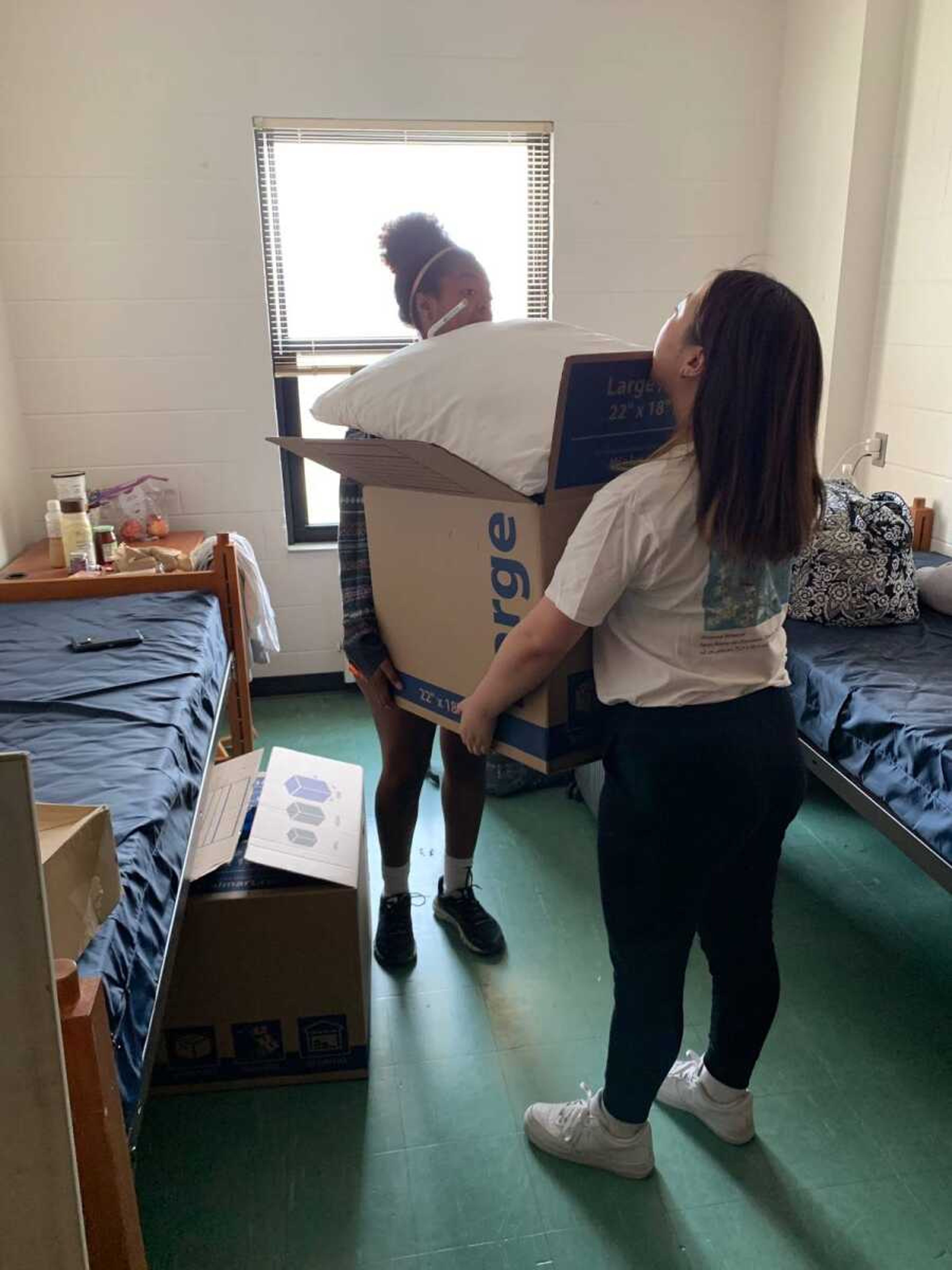Because many students returned home due to COVID-19 concerns, international students have followed suit or stayed put. Also, the transition to online delivery has been a challenge for many.
Executive Director for International Education Services Kevin Timlin explained how international students have not had a lot of online course experience. This is mainly because of visa requirements.
Timlin said, “One of the unique things about this for international students is, as part of being a student visa holder, for an international student to come to the [United States] to study, they have to take almost exclusively face-to-face courses.”
Timlin said the U.S. government does not prefer to give out visas to students who intend to take online courses.
“Generally, an international student is only allowed to take one online course each semester,” Timlin said. “It’s not that they are not familiar with Moodle and all the different learning platforms, but just the exclusive online or remote delivery have been experienced in smaller doses, so it’s definitely a concern.
International students may have the advantage of being more experienced with communication technology, maybe even more than domestic students.
International students are used to communicating with people by programs such as Skype and Zoom with friends and family back home. Timlin said he is not concerned about the international student’s ability to utilize the technology.
Another challenge is that some international students went home.
Sophomore Rafael Takeda from Shizuoka Province of Japan shared why he decided to take that route.
“At first I thought that staying on campus would be more safe, but once I saw how the number of infected people were increasing, I decided to come back home in Japan where we have less cases,” Takeda said.
The students that went home may experience some challenges with not being able to have access to the materials campus provides.
“Sometimes, depending on where they’re from, broadband or Wifi access might not be the same, and their access to computer labs like they have on campus, could make it a challenge for them to complete their course work,” Timlin said.
If professors are intent on doing synchronous lectures or class meetings, it may be difficult for them when they are in a 12-hour time difference, Timlin explained.
Sophomore Lina Nakata from Yokohama, Japan has a different response regarding her remote classes.
“Personally, my classes are not classes where I have to attend class on Zoom, so I don’t feel the stresses of that,” Nakata said. “Most of the other students that went home to their country may feel the stress of the time difference.”
Takeda is equally thankful for his classes to not be synchronous.
“I was worried about the time of my classes. Japan is 14 hours ahead of Missouri, meaning my classes would be late at night,” Takeda said. “Fortunately, most of my classes are not requiring video conferences; thanks to that I can take them at a normal time of the day.”
Takeda went on to say this change gives him a chance to spend more time with his family since he usually sees them just in the summer.
Despite the common feelings of anxiousness or fear from moving to remote classes, Timlin found encouragement through this process.
“I think that one of the broader takeaways of this entire set of circumstances has been just how helpful, flexible and accommodating people in all offices across the campus have been,” Timlin said. “I’m confident that everybody across campus is doing what they need to do to make sure our students’ needs are met.”
Timlin went on to say he and other faculty are reaching out to these students on a regular basis through email just to make sure to know they are on track and aware of what their students’ needs are.
Not only is the administration trying to help and support the international students, but community members are too.
“Cape community members reached out to us to ask what is it that international students need, [such as] ‘How can we help?’ ‘We are here for them,’ and ‘We are happy to provide our assistance,’Timlin said. “So it’s a good thing to know how our students are supported.”






